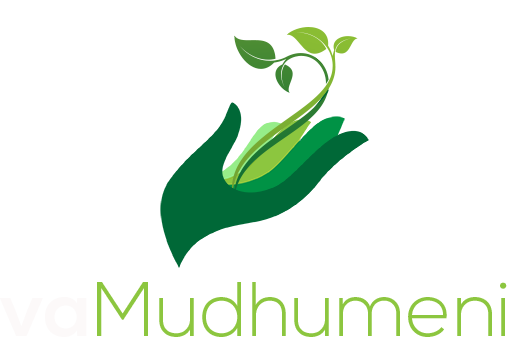By Albert Makendenge
Creation of employment and increased contribution to agriculture GDP are some of the more important reasons why it is necessary to enhance wheat production in the country. Below are some guidelines on how to achieve quite remarkable yields that range from 8 tonnes per hectare up to and even above 11 tonnes per hectare.
- Soils and climate
Wheat is a temperate crop that does well in wide range of soils and is best grown in winter but can also be grown in summer under good management and timing.
- Land preparation and soil conditioning
Soil tillage (usually achieved by deep ploughing, discing, rolling and minimum tillage) should ensure good depth and fine tilth of the soil, good drainage, a good level of organic matter/beneficial micro-organisms as well as sufficient and balanced quantities of the soil’s chemical components (nitrogen, phosphorous and potassium). Lime can be applied if required to sweeten acidic soils and gypsum can also be used to improve the soil’s physical structure.
- Planting time
Mid-April up until the last week of May is the best time for planting winter wheat although these dates can be extended up to mid-June. Benefits of early planting include early summer rain escape, disease and pest escape, early harvesting around September as well as ensuring that the crop goes through its critical stages (tillering, flowering, grain filling) when growth conditions are at their best.
- Seeding rates
The optimum plant population for wheat is 220 to 250 plants per square meter. To ensure good crop standability and the optimum population density, a seeding rate of about 110 to 125kg per hectare should be used when drilling and 125 to 135kg per hectare when broadcasting with a vicon spreader.
- Irrigation requirements and fertilization
Little or no rainfall in winter makes irrigation very important in order to achieve a high yield. The total gross amount of the water required should range from 450 to 600 mm per hectare with more on sandy soils and less in clay soils due to different water holding capacities. Basal and top dressing especially of essential nutrients such as nitrogen, phosphorous and potassium should be done according to full soil analysis recommendations.
- Weed, pest and disease control
Farmers are encouraged to frequently scout their crops and employ integrated treatment and control methods for aphids, stalk borers, leaf rust, stem rust, powdery mildew which are some of the pests and diseases which cause significant reductions in the final yield. Weeds, which compete for nourishment with the actual plants, should also be kept in check.

